Our latest puzzle was written by Eric Fulton, Jonathan Ham, and Sherri Davidoff.
Inter0ptik is on the lam and is pinned down. The area is crawling with cops, and so he must stay put. But he also desperately needs to be able to get a message out to Ann and Mr. X. Lucky for him he detects a single wireless access point (WAP) in the building next door that he might be able to use, but it is using encryption and there are no other opportunities available. What is Inter0ptik to do?
Meanwhile, next door…
Joe is a sysadmin at HackMe, Inc. He runs the technical infrastructure for a small company, including a WAP that he uses, pretty much exclusively, and also very rarely. He’s trying to use it now and has discovered his connection is dropping consistently. He captures some traffic, but he really has no idea how to interpret it. Suddenly he discovers he can’t even login to administer his WAP at all!
You are the forensic investigator. Your team got a tip that Inter0ptik might be hunkered down in the area and contacted local admins concerning suspicious network activity. Joe has provided you with his packet capture and helpfully tells you that his own MAC address is 00:11:22:33:44:55. Can you figure out what’s going on and track the attacker’s activities?
You have been given a packet capture of Inter0pt1k’s adventures, and have been asked to determine the following:
1) Joe’s WAP is beaconing. Based on the contents of the packet capture,
what are:
a. The SSID of his access point?
b. The BSSID of his access point?
2) How long is the packet capture, from beginning to end (in SECONDS –
please round to the nearest full second)?
3) How many WEP-encrypted data frames are there total in the packet capture?
4) How many *unique* WEP initialization vectors (IVs) are there TOTAL in
the packet capture relating to Joe’s access point?
5) What was the MAC address of the station executing the Layer 2 attacks?
6) How many *unique* IVs were generated (relating to Joe’s access point):
a. By the attacker station?
b. By all *other* stations combined?
7) What was the WEP key of Joe’s WAP?
8) What were the administrative username and password of the targeted
wireless access point?
9) What was the WAP administrative passphrase changed to?
Submission Form
Deadline is 6/30/11 (11:59:59PM UTC-11) (In other words, if it’s still 6/30/11 anywhere in the world, you can submit your entry.)
PRIZE:
To be announced
The MOST ELEGANT solution wins. In the event of a tie, the entry submitted first will receive the prize. Coding is always encouraged. We love to see well-written, easy-to-use tools which automate even small sections of the evidence recovery. Graphical and command-line tools are all eligible. You are welcome to build upon the work of others, as long as their work has been released under a an approved Open Source License. All responses should be submitted as plain text. Microsoft Word documents, PDFs, etc will NOT be reviewed.
Feel free to collaborate with other people and discuss ideas back and forth. You can even submit as a team (there will be only one prize). However, please do not publish the answers before the deadline, or you (and your team) will be automatically disqualified. Also, please understand that the contest materials are copyrighted and that we’re offering them publicly for the community to enjoy. You are welcome to publish full solutions after the deadline, but please use proper attributions and link back. If you are interested in using the contest materials for other purposes, just ask first.
Authors agree that their code submissions will be freely published under the GPL license, in order to further the state of network forensics knowledge. Exceptional submissions may also be used as examples and tools in the Network Forensics course or book. All authors will receive full credit for their work.
Packet capture
Sha256sum: 969f82205739e4d912f7a4bddf3d22f591bfa8fa09c9690c88117d7477263b8b
Deadline is 5/31/11 (11:59:59PM UTC-11). Here’s the Official Submission form. Good luck!!
Copyright 2011, Lake Missoula Group, LLC. All rights reserved.
